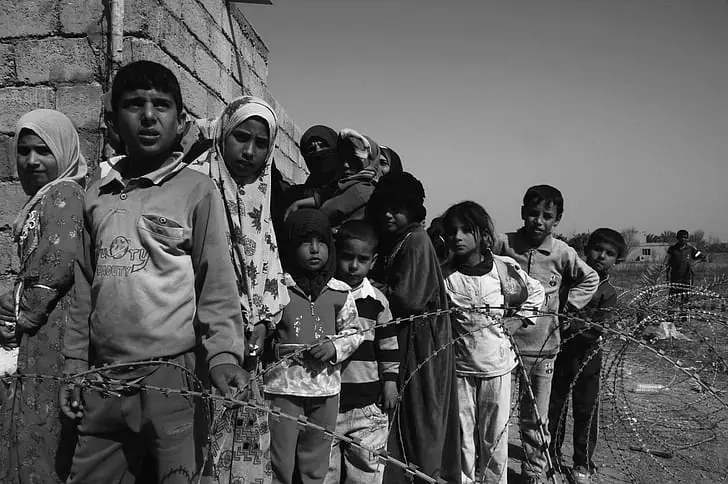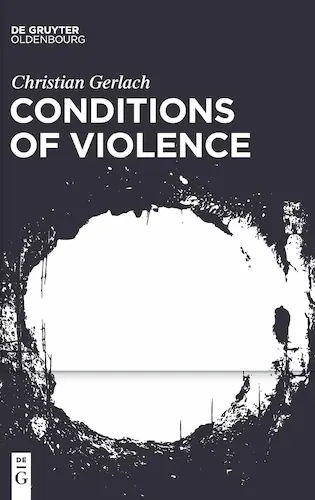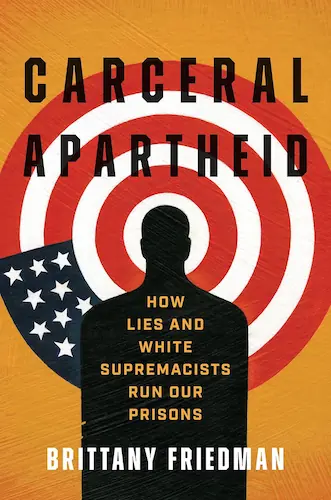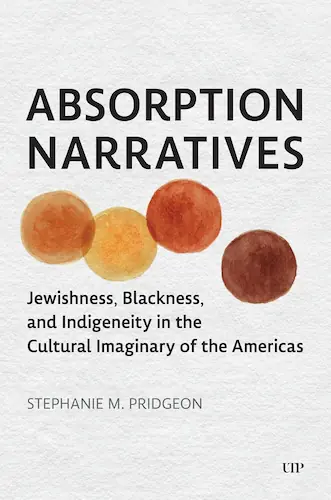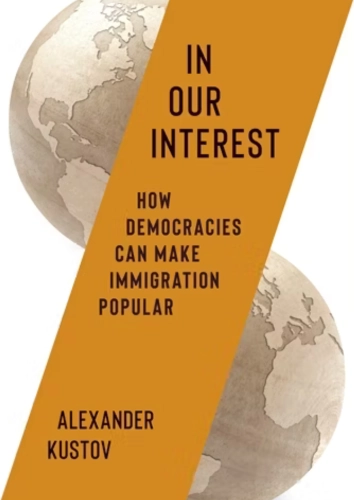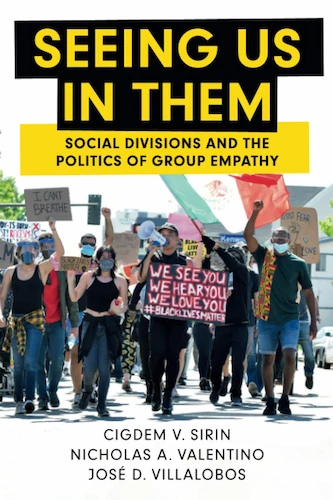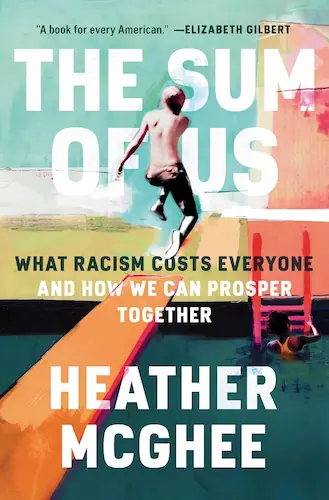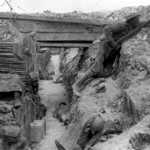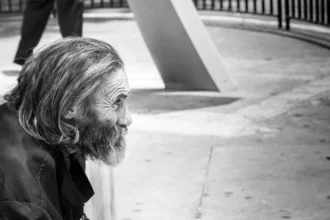Understanding “Conditions of Violence”
This article describes the concept of conditions of violence that I have recently introduced in a book under the same title.[1] Conditions of violence mean that certain groups and individuals, in a reckless and forceful pursuit of their interests and ideas, create circumstances under which many people suffer and die in foreseeable ways within weeks, months or a few years.
Mass violence is not only produced by political systems and organizations or even social structures, it is made by people. The book as a whole is an exploration of the social roots of mass violence. It does so by examining violence as a participatory process, based on social interaction. In some chapters, sound history serves as a tool for this analysis, that is, what noises could be heard during certain persecutions and what that says about political power, social relations and hierarchies, conflict, emotions involved, collective action, gender roles, religious practice, and the role of technology.
One of my conclusions is that more attention when analyzing mass violence should be paid to claims to the freedom to kill as a political right.
While some chapters of the book deal with direct violence in various forms, those sections concerned with conditions of violence are rather about gaining a deeper understanding of indirect violence. One reason why that is important lies in the large number of people that it kills, with disproportionately little attention commonly paid to it. Where both parts of the book overlap is the interest in practices.
Conditions of violence are different from the well-known concept of structural violence. Both denote indirect violence and avoidable harm. But while structural violence is static (long-term), anonymous and abstract, conditions of violence are dynamic (short- to medium-term), have identifiable agents and are imposed on certain population groups.
World War II and the Hidden Death Toll of Famine
How is this exemplified in the book? One case is World War II. Many know that this was a time of shortages, but it is less known that approximately every third victim of World War II – about 20 million – died of starvation and related diseases. Dozens of famines occurred in Europe, Asia, Africa and the Pacific.
Among the worst affected areas were Leningrad under the German siege, German prisoner-of-war camps for Soviet prisoners, urban and rural Greece under Axis occupation, Soviet camps for Axis prisoners of war, the Gulag and sites where collectively deported minorities in the Soviet Union were brought, rural Bengal under British colonialism, neutral Iran under Allied (especially British) occupation, rural Java, northern Vietnam and East Timor under Japanese occupation, Henan and other provinces of China under control of the Chinese nationalist government, but also the Belgian colonies of Rwanda and Burundi and the Cape Verdean islands, a Portuguese colony, plus Germany under Allied occupation and Japan under U.S. occupation.
The point is that most of the famines took place in occupied countries and colonies, and not only in Axis-controlled areas, but a lot also under Allied control.
This is part of a broader story as the majority of mankind in 1937-1947 – close to 1.4 billion – was living under foreign occupation or colonialism, and this foreign domination lowered survival chances.
At a closer look, the causes of the mass death through hunger in World War II did not differ much between countries with different political systems, in contrast to what you might expect.
Mechanisms of Extraction and Economic Disruption
Extraction of food was only part of this grim story. Lack of agricultural inputs like fertilizer and machinery, war-related destruction, forced cultivation of industrial crops instead of food crops and sequestration of food which was used to feed occupation armies and occupiers’ population at home all played a role. And so did economic disruption through new borders, re-directed trade flows, sieges, embargoes and racial-ethnically unequal food ration systems.
The fact that a hegemony of violence is being established plays an important role in many cases of mass violence.
However, the extraction of underpaid labor arguably had even worse effects, which were often foreseen.
Colonizers and occupation powers paid locals for their work with paper money out of the printing press, with no kind of financial backing and next to no consumer goods provided.
Invariably, this led to inflation, and in case of a natural disaster or detrimental military events, food prices rose so much that poor people could not pay for them any more (in Europe mostly urbanites, in Asia and Africa poor rural dwellers).
In addition, not only had Germany and Japan vast forced labor programs, but all colonial powers in Africa expanded their coerced labor schemes as well, including Britain, Belgium and ‘Free’ France. Restrictions on the foreign trade of colonies and occupied areas and the dismantlement and removal of machinery were further elements in these conditions of violence.
Rationales, Responsibility, and Racialized Sacrifice
At the time, all of this was justified by stories saying (on both sides) that this was a fight between good and evil and that the victory of the ‘good’ required sacrifices and priority for military interests and certain people. In practice, however, most of the sacrifices were imposed on occupied and colonized populations in deeply racist ways through complex systems of capitalist value-extraction.
Take the Allies. In the course of ‘saving civilization’, they killed about 10 million non-combatants, often through hunger. Remarkably, the majority of those 10 million were not from the enemy side (Hiroshima was untypical), but rather own citizens like in Henan and other parts of Republican China, discriminated ethnic minorities in the Soviet Union, colonial subjects like in British-India, and populations in the occupied neutral country of Iran. In other words, the main problem that killed people on that side was not that the Axis was allegedly evil; the main problem was that the Allies were ‘good’.
Explore Books Written by Our Contributors
Those who created such conditions of violence did not only include politicians, officials, soldiers or an abstract system. Private interests and social practices were involved as well. White settler-farmers pursued their profit knowing that the Africans they employed, and especially their families deprived of labor, suffered. German and U.S. soldiers bought local goods cheaply in occupied countries at the cost of the local population with their artificially overrated currencies.
German, Japanese and colonial merchants tried to make fortunes seeing others starve as a result; black marketeers in many occupied countries ruthlessly tried to outsmart each other; and Indian industrialists tried to amass wealth amidst the misery. And then there were those millions who easily, gladly, accepted that others received much lower food rations than themselves, or even called for that discrimination.
Taking stock of World War II famines reveals that sacrifices were mostly imposed on people with a darker skin color, or domestically on people that were looked down on and disenfranchised such as rural dwellers regarded as backward and mentally limited or on ethnic minorities. This happened as a result of conditions of violence which reflected socio-political hierarchies.
The Case of COVID-19 as Mass Violence
Perhaps it is surprising, and probably controversial, that COVID-19 is another case study of conditions of violence in the book. The practices during the pandemic were seemingly normal, but as I would argue, their normalcy was precisely the problem. Those who died were mostly elderly people, a group actually so often neglected as victims of mass violence more generally.
Practices that led to millions of avoidable infections and, thus, indirectly to deaths included crowding in bars, restaurants and at parties, unnecessary shopping and travel and the unprotected (or rather, unprotective) use of public transport. Most characteristic was the refusal to wear a facemask. This kind of behavior was particularly frequent in Europe and the Americas.
Exploitation through reckless entrepreneurs was also a factor, often involving crowded housing for underpaid migrant laborers, whether in European agriculture, Singapore or Persian Gulf countries; or profit seeking in retirement homes that became death traps, not to speak of incapable hospitals due to them being geared toward generating financial gain. Some hotels and stores violated public rules that made wearing facemasks mandatory in order to accommodate customers.
Social Practices and Everyday Justifications
While this allows firms (and capitalism) to be blamed, people from all walks of life created such social practices in the sphere of consumption and reproduction. And masses of people from all parts of society were presenting justifications for what they were doing, including aggressive women. Far from being thoughtless, internet fora and private conversations abounded with such rationales, and the core argument was defending one’s freedom. Under the circumstances, however, this was in fact about the freedom to infect and, thus, often to kill others.
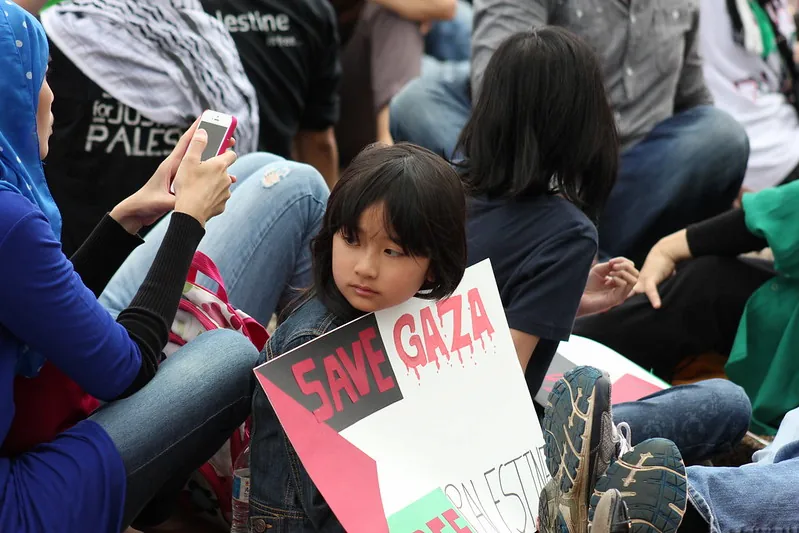
One of my conclusions is that more attention when analyzing mass violence should be paid to claims to the freedom to kill as a political right. In the case of COVID-19, reckless behavior was driven by hedonism, aggressive individualism and the refusal to accept any inconvenience. People also argued that they tried to keep their dignity and quality of life (at the cost of others). Violence became a dominant social practice. As I show in the book, the fact that a hegemony of violence is being established plays an important role in many cases of mass violence.
This also implies the argument that many people from lower classes were actors on their own in the life-threatening practices during the COVID-19 pandemic. (In the book, a similar picture emerges from the more direct forms of violence in the mass murders in Rwanda in 1994 and in crowd violence in the context of Bangladesh’s war of independence in 1971-1972.) This does not mean that the lower classes are not, or cannot be, a progressive force in history. But it does mean that in the capitalist system, lower class people can become an important autonomous force in creating conditions of violence, and not only as puppets of higher classes.
Conclusions
The concept of conditions of violence might be useful for analyzing other sorts of violence not covered in the book. In particular, it could be of avail regarding well-disguised liberal violence. Among these are ‘sanctions’ and embargoes, used in great numbers and ferocious ways against many societies of various political systems across the world. Without the slightest doubt causing the death of great numbers of people (as it was in World War II), ‘sanctions’ have forceful initiators and advocates among ‘civil society’ – probably also in your country –, and their contribution and motives are worth an investigation.
The more indirect parts of the ongoing Israeli mass murder in Gaza with its many and manifold supporters, stunning in their ruthlessness, are another example of what could be better understood through thinking about conditions of violence. Still another, but more ordinary, is human brutality against animals and nature as a whole.
To look for conditions of violence is an instrument to examine violence that is neither coming from direct massacre by overtly violent regimes nor from general social structures. This instrument can be used in a variety of ways. Questions can be asked about who creates these conditions, through what system do they work, who are the target groups, and who gives what rationales for creating these conditions.
Social practices can be questioned. The answers will be complex, given the participatory character of the processes involved. Often, using this instrument will be a way to uncover and comprehend hidden violence – including bourgeois and imperialist variants. It is often willfully concealed by crocodile’s tears shed over certain other forms and actors of violence, serving as a distraction.
[1] This article draws from Christian Gerlach, Conditions of Violence (Berlin and Boston: DeGruyter Oldenbourg, 2024), open access at https://www.degruyterbrill.com/document/doi/10.1515/9783111568737/html .


